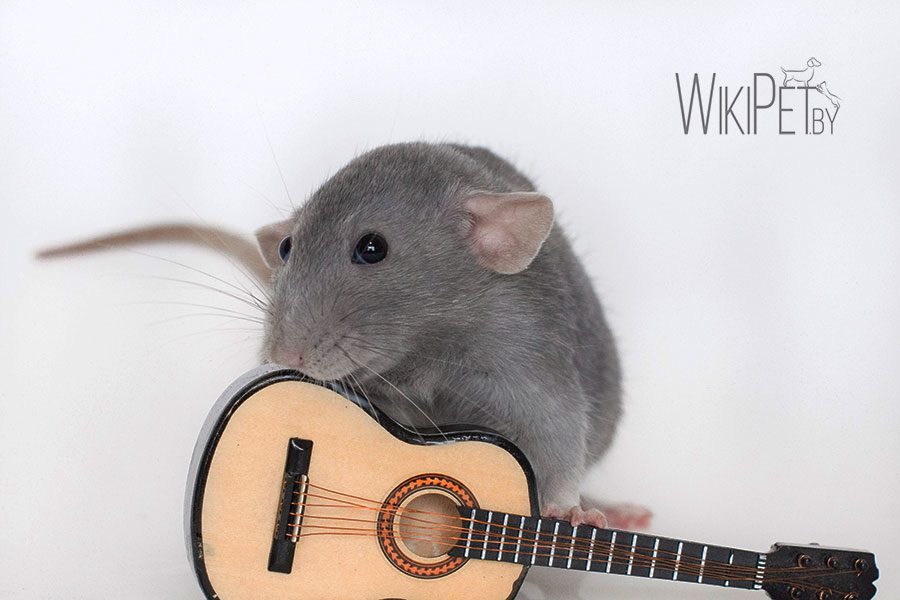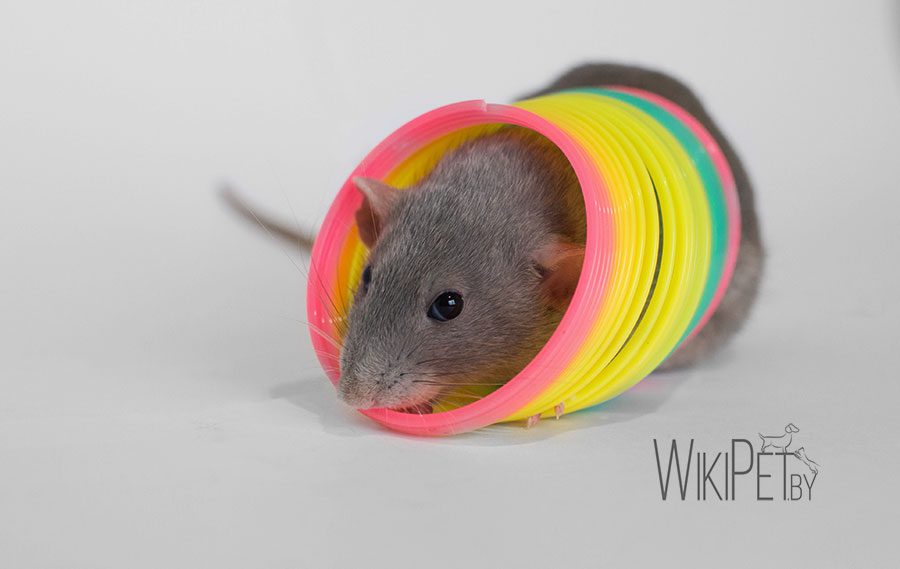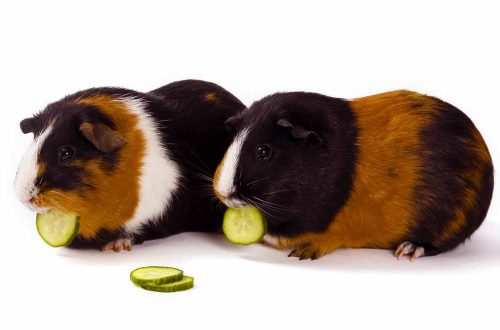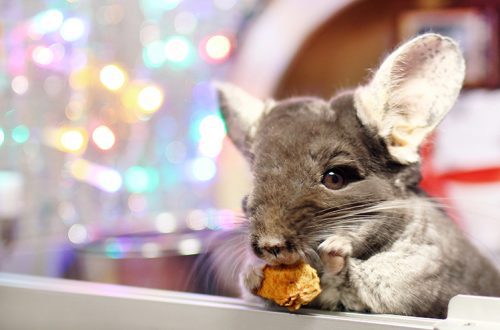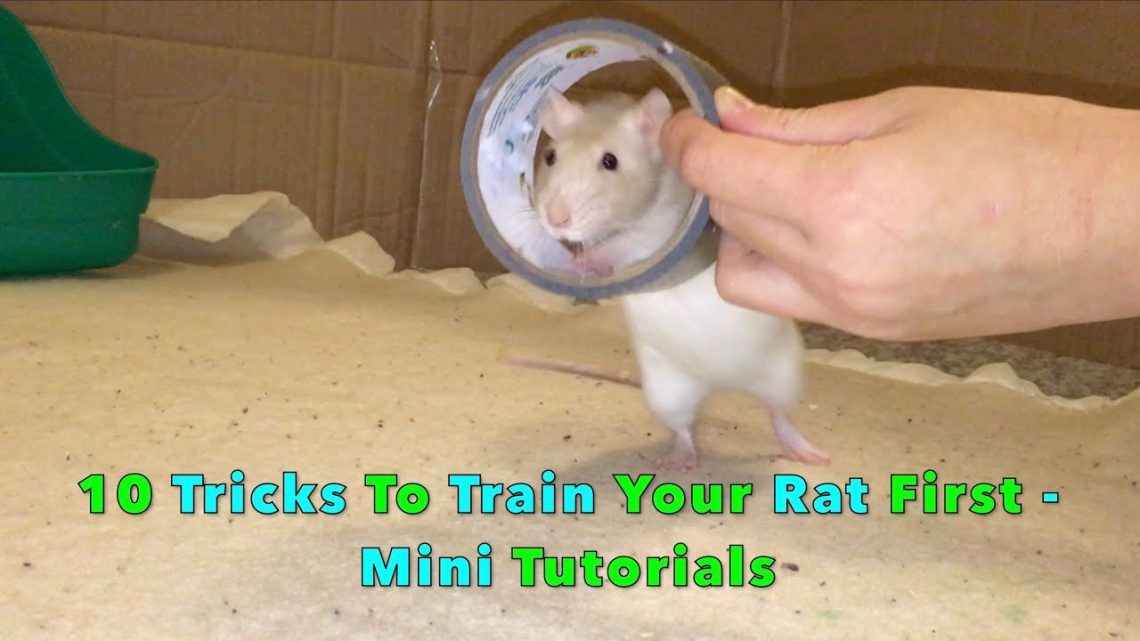
Rat training: tips for beginners
Rats are very smart, playful, curious and quick-witted animals, which makes them easy to train.
Contents
Why are rats easy to train?
By nature, they have a desire to develop and create logical chains that lead to an achieved goal. Without it, they simply would not survive. We just learned to understand them and direct unbridled energy in the right direction.
I would also like to note that they constantly communicate with each other, transmit information about the location of goodies in the apartment, how to get to them and what needs to be done to get the desired prize.
Once we were training two rats. They needed to play with the ball or take it in their paws and pick it up. For this they received a treat. We spent a couple of days training for 5-15 minutes with only two, when at that time the rest of the pack was running around the paddock. But at one of these moments, a third friend suddenly runs up, who did not participate in the training, but watched all this, pushes the ball and waits for a tasty treat. It would seem, how does she know what to do? Now the three of them are trying to intercept each other’s ball in order to get the coveted yummy.
Rats respond well to vocal commands, but they should be short, clear, and in an ode to intonation. They know their nicknames. If, for example, you are looking for them in a room, you can simply call one of the flock by name, or call everyone to the sound of a voice that resembles a click of a fountain pen. You can also call a typical feline kitty kitty.
Clicker rat training
When my girlfriend and I started rat breeding, we watched with admiration various videos where rats run, carry balls, throw them into a ring, run through tunnels and perform other interesting tricks. But we didn’t know how it was done.
At first, we simply offered the rat to do some action and gave a treat in return. Then, after talking with other rat lovers, we learned that you can train with a clicker. Rat breeders showed how it looks, clearly demonstrated and told the basic principles of working with it. The next day I was already running to the pet store for a miracle device. Instead of a clicker, you can use the click of an automatic pen, the lid of a baby food can, click the tongue, etc. But there is one caveat, the click should not be too loud: it often frightens animals, which slows down the learning process.
On the first day, we worked out with one rat for 5 minutes, with the other for 30 minutes. The next day, there was no difference between the performance: they did the same thing that we trained with them. That is, the rat does not have to repeat the same thing hundreds of times. A couple of minutes is enough – and they already understand what is required of them. All that remains is to improve and complicate the action that the rat must perform in order to earn praise. They grab everything instantly.
For some commands, such as a call for a nickname, a request to jump on your hands or not to touch anything, it’s not even necessary to give them a treat, it’s enough to take it on your hands to scratch behind your ears, stroke it, warm it in your palms. For them, this is also praise, because they simply adore attention and love from the owner. If you do not encourage at all, the rats, of course, are not very offended, but the “sediment” remains. And how can you want something from an animal, but at the same time give him nothing in return? It’s too cruel.
All rats are different. There are lazy, playful, loners or sociable – like people, each has its own character. This must be taken into account.
What is the best way to encourage a rat during training?
To encourage it, it is better to use non-caloric foods, for example, finely chopped cereal flakes without sugar and other additives, or chopped apple, banana, boiled chicken breast hair, steamed buckwheat grains, etc.
But it is worth focusing on the taste of a particular rat. For example, if a rat loves cereal and is ready to sell his soul for it, why not take advantage of it?
Someone likes pears, and someone likes bananas. All our rats just love bananas.
But do not get carried away with a specific product and give it a hundred times every day. Rats have a specific food pyramid that is designed for a long, healthy and fulfilling life. It is necessary to adhere to it and take into account goodies, without going beyond.
What is the best way to start training rats?
First of all, it is worth tying the reward to the sound. That is, to form a link “clicker – yummy”. After the rat learns this, you can move on to learning various tricks and commands.
Consider the next steps using the example of a ball already familiar to us. We use plastic with holes and a ringing ball inside. These are sold in every pet store, as a toy for cats.
First, what needs to be done is to show the rat that for any interaction with the ball, she is rewarded. You can put the ball and as soon as the rat touches it, click the clicker and encourage. Continue this until the moment when she purposefully runs to the ball, touches and waits for a treat from you.
Next you can complicate the interaction: the rat put its paw on the ball – the clicker did not work. Yep, that means something is wrong. What if there are two paws? Clicker again and yummy. She just holds it with two paws – she doesn’t get a tasty treat, she pulled it or picked it up in her teeth – she gets it. And so you can develop the trick further.
If a rat does something 5 times and stops getting a reward, it will think: what’s the catch? What else needs to be done? And training becomes a creative process. The rat thinks what else can be done with the ball: drag it, give it to someone, etc.
Also one of the easy tricks to learn is palm jumping from a table, chair, cage, bed, etc. Bring your palm to the edge of the surface on which the rat is located, wait until it steps on your hand – clicker and yummy. Then we move our hand a couple of centimeters from the edge of the surface to the side or up – we wait until the rat jumps or climbs – we encourage it. And with such steps, a centimeter or two, we move our hand away.
But keep in mind that rats can jump a maximum of 1 meter, so be careful not to hurt the animal.
For greater safety, you can put something soft under the training site so that the rat that fails to jump over does not fall to the floor and injure its paws.
How to develop the intelligence of a rat?
Rats, like the talking bird, are distinguished by a good mind and ingenuity. But like people, they need to train their memory, develop mentally and constantly learn something. We can create an enriched environment for this.
Their walking place can be abundantly filled with various boxes, houses, pipes and everything that can serve as an object for them to study.
Our whole room is equipped for walking, in which there are various ladders, houses, rags, boxes, climbing equipment, various toys (balls, a wheel, etc.). It is advisable to change the arrangement of objects once every couple of days: rearrange, turn over, move, etc. To move, rats use landmarks already familiar to them, which settle in the memory of images, changing them, you will give them new information that also needs to be remembered. The same permutations can additionally be carried out in the cage.
Clicker training is primarily an educational game for your pet, during which the rat remembers a lot of information, learns to interact with you and the surrounding objects.
For a full-fledged life, a rat simply needs a same-sex friend, because. they share information with each other, communicate, play, go to mischief as a couple. Unfortunately, we cannot catch all their communication, because. basically they speak in ultrasound which we don’t hear. For people, they chirp, squeak, rustle their teeth.
Love your pets, give joy, care and warmth. The better their mood, the easier it will be to train.




